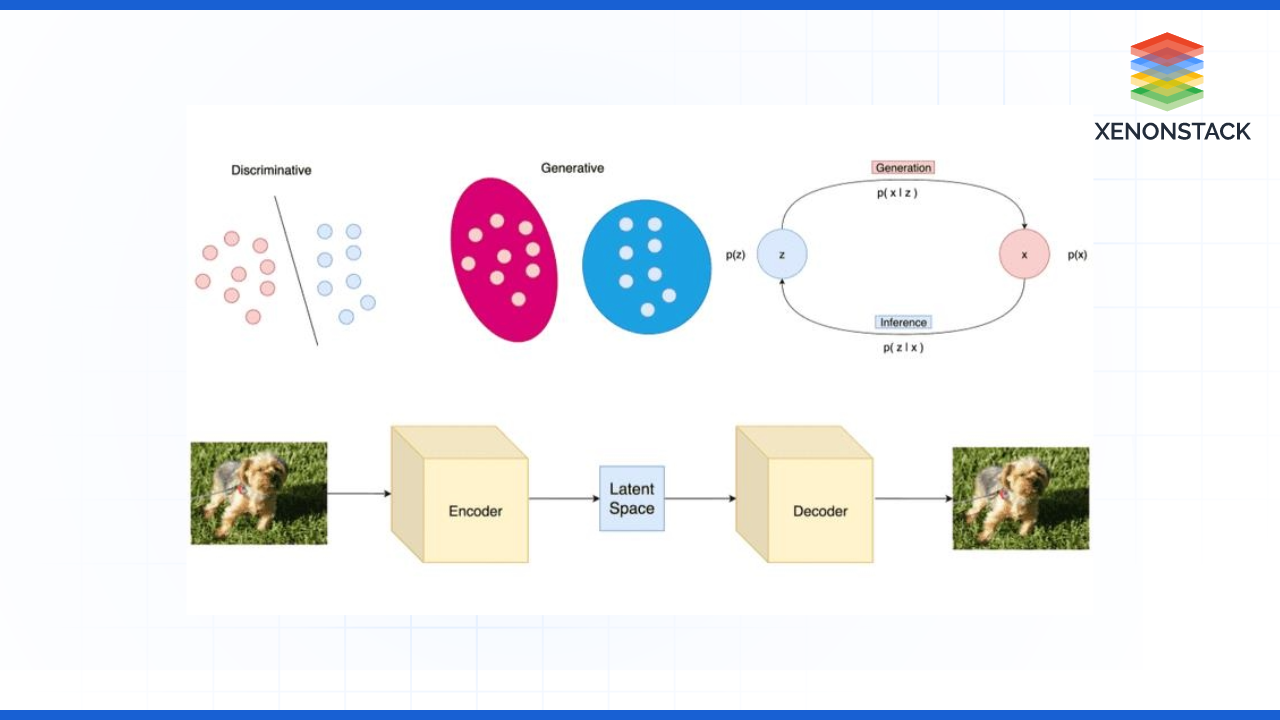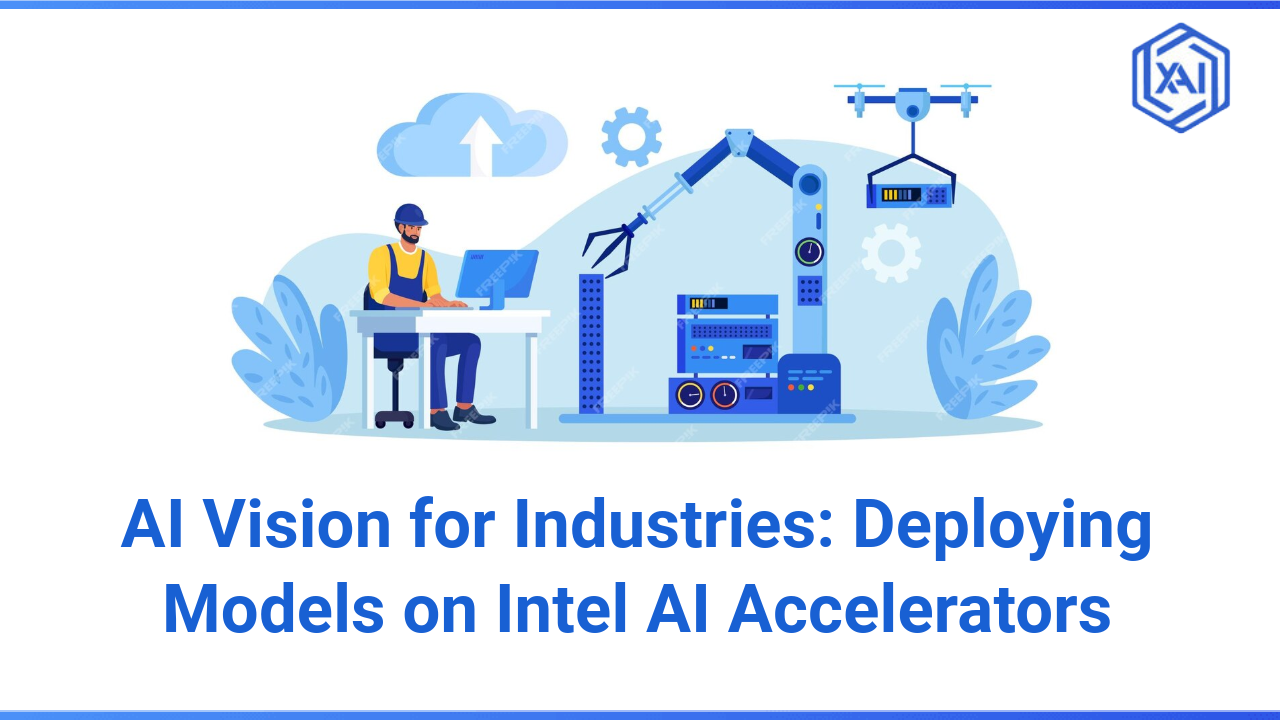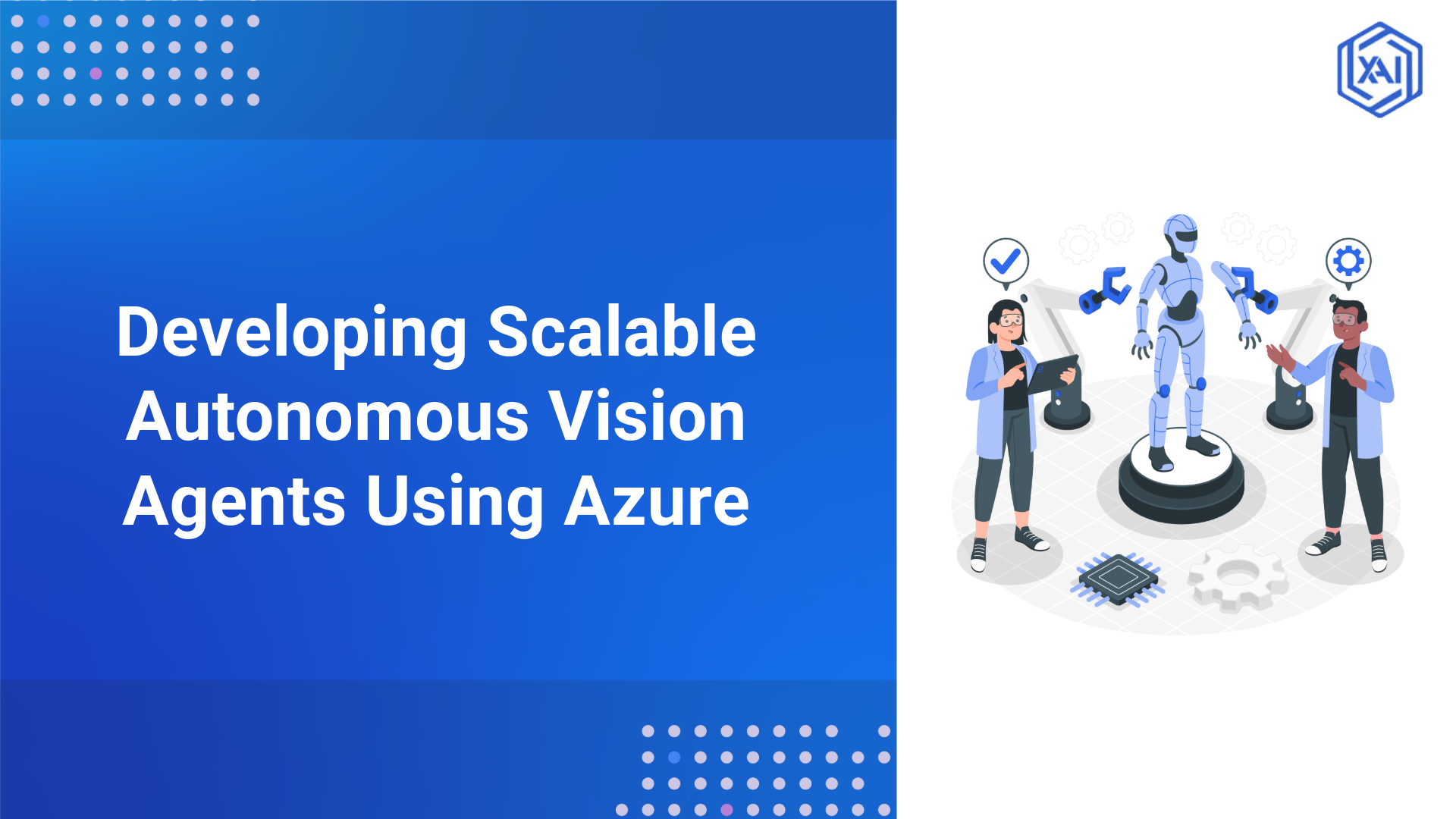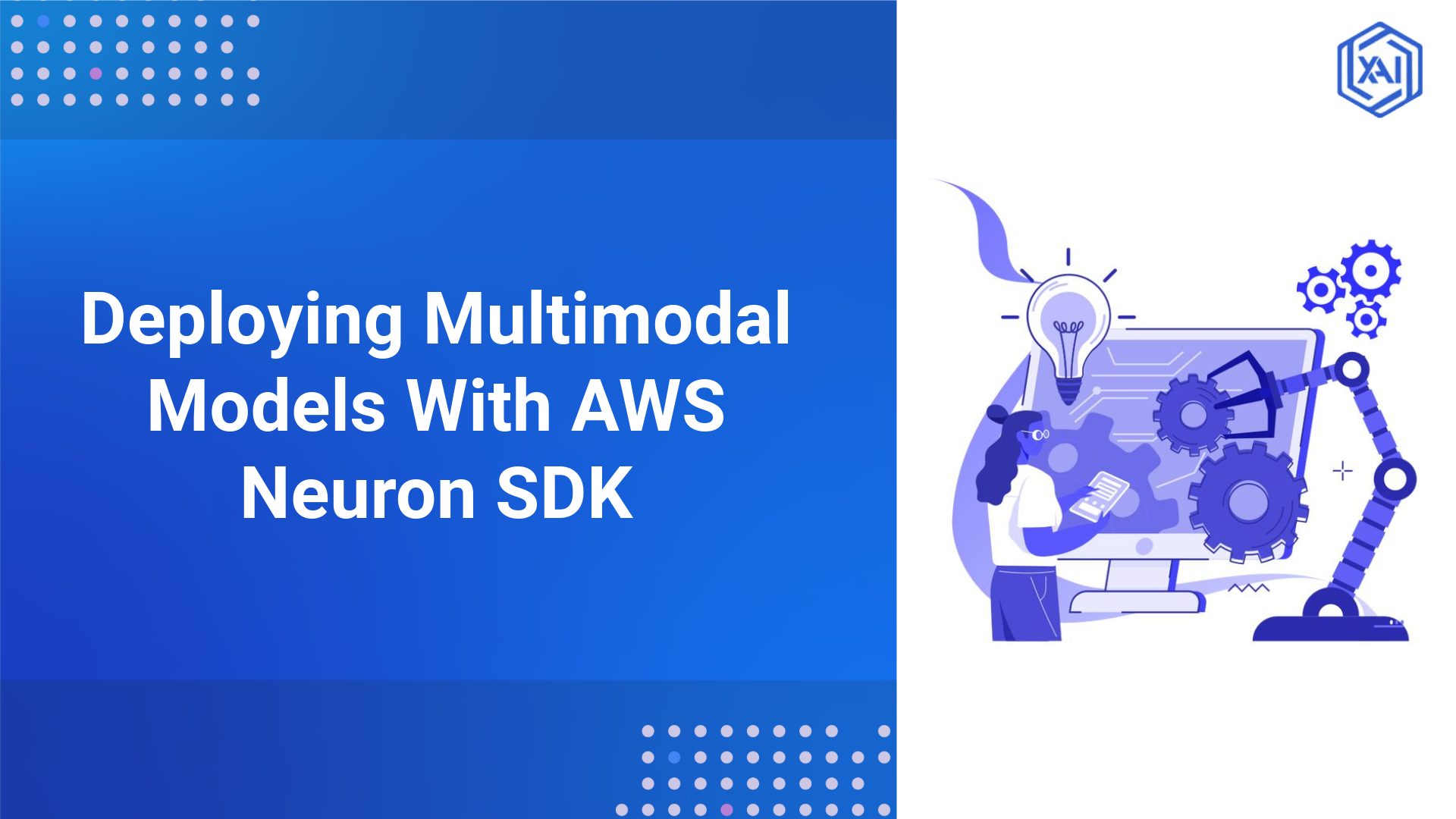Overview of LVM in Image Analysis
When comparing our results with others and working with high-dimensional and correlated data, using Latent Variable Models (LVMs) has advantages. All these models go with the central idea that there are hidden or what are called ‘’Latent’’ variables, which could prompt the variability observed in the data. Thus, the presence of such LVMs helps uncover such structures and, as a result, makes a given context more interpretable by its users, whether they be academic researchers or business practitioners. This is especially the case in disciplines like psychology, finance, or biomedical research, in which detail can hide the signal. Therefore, through LVMs, analysts can abstract huge quantities of information into more easily understood forms to make better sense of them and hence provide better inputs into decision-making.
There are numerous approaches to LVMs, and all are generally suited to certain data types and forms of analysis. Examples of LVMs include Principal Component Analysis (PCA), Factor Analysis, and Autoencoders to show how LVMs retain vital data characteristics while minimizing the dimensionality.
For example, it uses PCA to transform two correlated variables into two principal components, which makes analysis easier without considerable loss of information. Similarly, Autoencoders reduce data size to a latent space where data is easily reconstructible and filtered from noise. Consequently, LVMs may improve the capability of facial recognition systems and accelerate the usage of medical imaging diagnostics. By incorporating these models, researchers can comprehensively discover the hidden potentials and novelties needed for their research domain improvements.
What Are Latent Variable Models?
Latent Variable Models are statistical models that postulate the presence of unmeasured and, therefore, not directly observed variables called latent variables. These hidden variables are useful to explain relationships and associations between the variables observed, making it easier to understand the process occurring behind all the measured variables.
The concept can be summarized as follows:
The primary goal of LVMs is to reduce dimensionality, identify structure, and improve interpretability in complex datasets.
How Are Latent Variable Models Useful?
-
Dimensionality Reduction: LVMs are effective in slightly reducing the number of variables but, more importantly, retaining the key information. This is especially important with high-dimensional data, where more conventional paradigms could fail to produce usable results.
-
Dealing with Correlated Predictors: Quite often, datasets contain predictors that are correlated with each other, which can make analysis difficult. LVMs like PCA and PLS produce latent variables that are orthogonal to each other, which makes modelling easier.
-
Uncovering Hidden Structures: Through such modelling, researchers can capture relations that might not be known from the raw data on the table. This is especially useful when performing EDA Exploratory Data Analysis.
-
Improving Predictive Models: For this reason, when predictive models' value is based on the work of latent variables, it is possible to achieve a better analysis of data points than traditional statistical techniques.
-
Enhancing Interpretability: LVMs prescribe how relationships among the variables can be viewed or measured. For example, in a psychology study, the latent exogenous variables could refer to concepts such as intelligence or motivation.
The Role of Latent Variables in Image Analysis
-
Feature Extraction: LVMs can extract features in an image, including edge, texture, and shape features. This process assists in dimensionality reduction while retaining important information.
-
Understanding Relationships: When using CLA to model latent variables, it becomes easier to determine associations between different images, such as colour, texture, and shape, since the results are less ambiguous.
How Latent Variable Models Work in Image Analysis

Fig – High-level architecture of LVM
Understanding the Concept of Latent Variables
-
Latent Variables: These are unobserved factors that influence the observed data. In image analysis, they could represent features like shapes, colours, or textures that are not directly measurable but affect how we perceive the image.
Data Representation
-
High-Dimensional Data: Images are typically represented as high-dimensional data, with each pixel contributing to the overall representation. For example, a 100x100 pixel image has 10,000 dimensions (one for each pixel).
Common Techniques Used
1. Principal Component Analysis (PCA):
2. Autoencoders:
-
Architecture: The autoencoder comprises two subsystems: the encoder, which encodes the input image into a latent representation (pure code), and the decoder, which maps the code into a reconstructed image.
3. Variational Autoencoders (VAEs):
-
Probabilistic Approach: In contrast to the ones mentioned before, VAEs consider that the latent variables are distributed according to a certain probability distribution (Gaussian, for example). This also makes it possible to create new images by creating them out of the latent space.
4. Generative Adversarial Networks (GANs):
-
Two Networks: Specifically, it has a generator that produces images and a discriminator that assesses and criticizes them. The generator, on the same note as the training data, learns how to create images that can pass through the discriminator’s feedback to output a favourable result.
Application Workflow
-
Feature Extraction: After training, the latent representations can be extracted for analysis or further processing.
-
Inference: The model can be used for tasks like generating new images, classifying images, or detecting anomalies based on the learned latent variables.
Evaluation and Interpretation
-
Reconstruction Error: For autoencoders and VAEs, the reconstruction error helps evaluate how well the model has learned the underlying structure of the data.
-
Visualization: Latent spaces can be visualized (e.g., using t-SNE or PCA) to understand how images cluster based on their latent representations.
-
Performance Metrics: For tasks like classification or anomaly detection, standard metrics (accuracy, precision, recall) are used to assess model performance.
-
Principal Component Analysis (PCA): PCA is a preliminary technique that aims at reducing dimensionality by preventing multicollinearity through the commence variable in the principal component. When it comes to image analysis, PCA is used in instances such as the feature of faces for recognition; the algorithm goes on to determine features that cause facial variations.
-
Factor Analysis: Like PCA, factor analysis isolates latent patterns concerning given variables. It is particularly useful for applications with numerous images and features that can be split into recognizable, latent images.
-
Autoencoders: An autoencoder is a kind of neural network used to learn the exact coding of inputs. It is applied to images, which are put into a latent low-dimensional space, and then reconstructed. Other flavours, such as Variational Autoencoders (VAEs), encode more probability, meaning new images can be generated using the learned features.
-
Generative Adversarial Networks (GANs): This is the neural network of GAN, where there are two neural networks, one generating the images and the other giving the feedback. They could capture complex distributions of image data and thus allow for high-quality image generation and transformation. Henceforth, the variables that are not directly observed in the process of GANs are used to maintain several features in the generated images, including style and content.
-
Deep Belief Networks (DBNs): DBNs consist of several layers of stochastic, hidden variables. They can learn both structured representations of images and an approximate hierarchical representation containing low-level features within images and high-level abstractions in objects.






